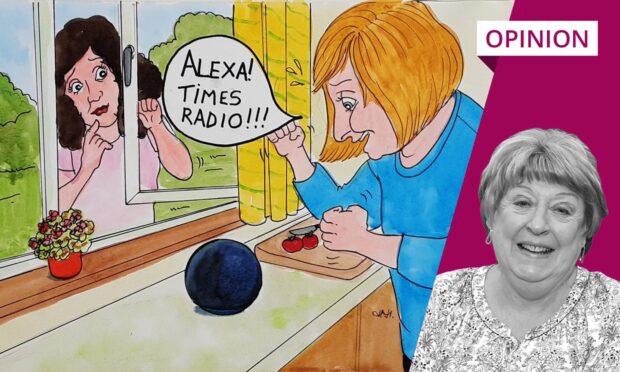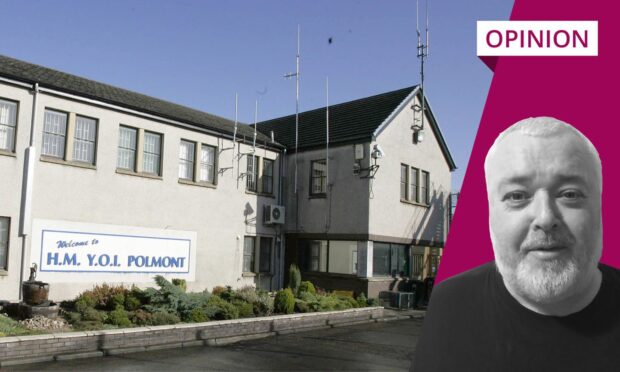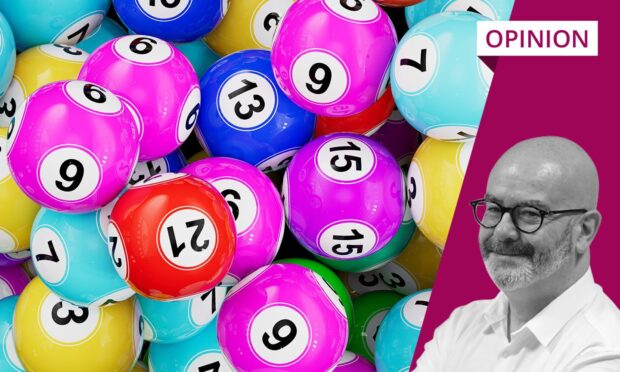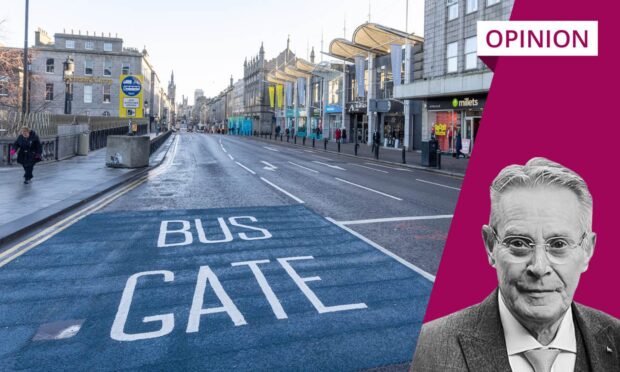Have you noticed that you feel better when you move more?
Most of us will have experienced the feel-good endorphins released when we exercise, whether that’s lifting weights at the gym or taking a leisurely stroll in the fresh air.
At the Scottish Association for Mental Health (SAMH), we are enthusiastic about learning more about the links between our physical and mental health, so we can support everyone to enjoy the benefits of being active. Our latest research in this field focuses on something that 51% of Scotland’s population will experience: menopause.
Menopause is a universal experience for women, yet each of us will feel it differently. So, we commissioned researchers at the University of Edinburgh to produce Moving Through Menopause, a research project aiming to better understand how menopause affects women’s relationships with both physical activity and mental wellbeing.
The experiences of women who took part highlighted the significant negative impact of the menopause on their mood and overall mental health; this created barriers to remaining physically active. In total, 57% of women reported a decrease in activity levels, and 94% reported a change in mood, such as low mood, anxiety, mood swings or low self-esteem.

Women who met the physical activity guidelines, as set out by UK chief medical officers, felt more positive mentally than those who did not. And, although a combination of factors influenced the participants’ behaviour, support from other people was clearly a strong facilitator to staying active, and a lack of support hindered. This is testament to our collective power to drive change for the women of Scotland.
This research highlights the crucial role of social and peer support in helping women stay active, with potentially supportive environments ranging from workplaces and healthcare settings to physical activity groups and sports communities. There is an urgent need to consistently embed a genuine and intentional approach to inclusivity for women experiencing the menopause across these settings, so they can support inclusive programmes.
Real-life experiences should shape positive change
We are grateful to and thank all of the women who took part in this research, for being open in sharing their experiences and ideas for positive change. Thanks to their time, experiences and ideas, we were able to form nine recommendations to help make a real and positive difference to women’s lives.
These include supporting healthcare professionals, particularly in GP practices and other primary care settings, to be able to provide personalised support to women during the menopause life stage, as well as continuing to support “normalising” menopause in physical activity, workplace and broader society.

Signposting women to trusted tools and resources to support mental wellbeing challenges during the menopause life stage would also be beneficial, as would creating opportunities for women to be physically active during the menopause life stage, through intentionally inclusive programmes, such as “menopause-friendly” or “menopause specific” activities.
Providing opportunities for everyone to learn more about the nature of menopause, and how experiences can vary by individual should become typical, as should supporting women to prioritise self-care.
‘Normalising’ menopause is key
We also recommend that Public Health Scotland and the country’s sports and physical activity community should actively and intentionally highlight the mental health benefits of being physically active during the menopausal life stage.
As someone who is currently going through this experience, I have seen first-hand that open discussion about the menopause remains shrouded in embarrassment and a lack of knowledge and understanding.
This absence of recognition and discussion has contributed to insufficient support for women to either stay or become physically active during this important time. This needs to change.
Above all, by “normalising” menopause, we can all help break down barriers to engaging in regular physical activity, empowering women to become or stay active, while at the same time supporting their mental health and wellbeing. Moving Through Menopause makes clear the need for change, and we stand ready to play our part.
Jo Anderson is director of influence and change at SAMH











Conversation